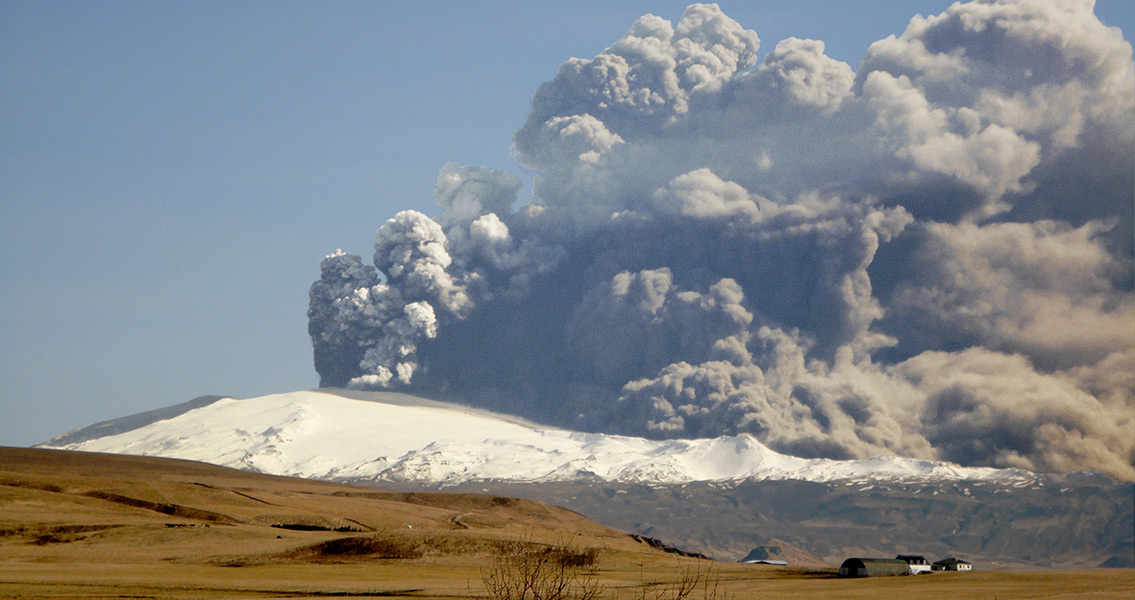<![CDATA[New research recently published by a team of international experts has suggested that an ice age which appeared during the Jurassic Period was the result of a volcanic eruption. The Jurassic ice age, which took place roughly 170 million years ago and lasted several million years, turns out to have coincided with a massive volcanic event referred to as the North Sea Dome. The event limited ocean currents, preventing warmer waters from flowing from the equator towards the North Pole, according to the research study. Scientists led by both Dr. Clemens Ullmann and Professor Stephen Hesselbo from Cornwall’s Camborne School of Mines at the Penryn Campus of Exeter, say that the climate change that led to the Jurassic ice age was not caused by a change in the levels of carbon dioxide in the atmosphere, which is understood to be responsible for modern climate change. This flies in the face of contemporary thought that the Jurassic was a warm, damp “greenhouse”, remarked Professor Hesselbo in a press release. Insetad, patterns of ocean currents that were hindered by the volcanic event were responsible for some very large scale changes to the climate. During the Jurassic, the Earth looked vastly different than it does today. Instead of seven disparate continents, tectonic shift had united the planet’s landmass into what is referred to as Pangaea. The supercontinent had an expansive seaway that connected warm oceanic waters near the equator, an ocean referred to as Tethys, to cooler seas near the North Pole. Jurassic seawater temperature changes were tracked by the research team over the last decade through examination of fossilized mollusk shells, revealing that the Earth underwent a rapid and substantial drop in temperature in the same time period that the North Sea Dome event would have occurred. The researchers have come up with a hypothesis that the North Sea Dome made it harder for warmer waters from Tethys to flow northward, plunging the northern hemisphere into a much colder climate state. It wasn’t until the North Sea Dome subsided that the cold period in Pangaea’s northern hemisphere ended several million years later. Cold periods occurring during times of “greenhouse” climate have been common knowledge for quite some time, remarked Professor Hesselbo. However, the mechanics of these cold periods and how they were triggered had remained a mystery up until the team’s research findings. The implications of such a discovery, according to the geologist, are such that the mechanism behind the Jurassic ice age could be responsible for other climate change events that have occurred in the past, both in the Jurassic Period and throughout the rest of Earth’s history. For more information: www.nature.com Image courtesy of Wikimedia Commons user: Árni Friðriksson ]]>
Jurassic Ice Age Caused by Volcano, Scientists Say
